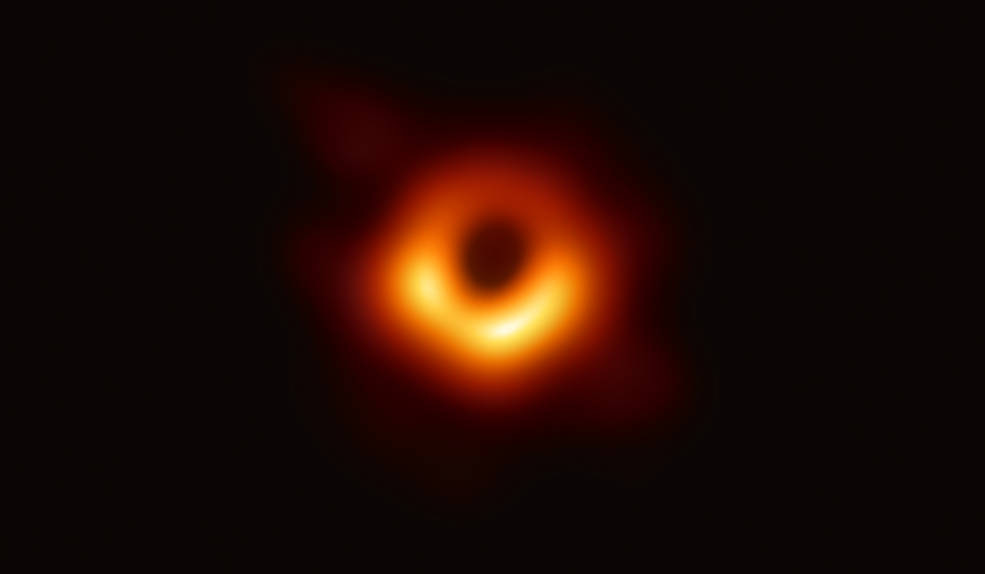Black holes are so dense that not even light can escape. Look directly at them and you won't see a thing. This makes them difficult to study. How can you understand something that cannot be seen?
Yet scientists do it. They know the mass, spin, and age of a black hole with remarkable precision. They achieve this not by studying the object, but rather its effects. They point telescopes just outside the black hole's event horizon—the point of no return where objects are permanently drawn in.
They capture superheated gas spiraling into oblivion, stars whipping around at millions of miles per hour, and gravitational waves rippling through spacetime. Every observation on the outside helps to build an understanding of the inside.
Complex problems share this same opacity. The production bottleneck that defies identification. The teams that inexplicably can't collaborate. The component that behaves differently on the bench than on the vehicle.
Staring directly at these problems yields nothing but frustration. Add in a bit of pressure, and the situation can feel overwhelming.
When I hit this point, I've learned to stop staring at the void. Instead, shift focus to the periphery, just like astrophysicists do. A playbook emerges.
Find observable effects. What characteristics show up at the boundaries? What might we infer about the inside from these?
Shock the system. Change the inputs. Slow the production rate. Replace a component. Shift team composition. Watch how the system responds—or doesn't.
Track the patterns. What makes things better? What makes them worse? Map the trends to the stimuli. Be patient. The downstream effects often take time to present.
Step by step, patterns will emerge. It may not be possible to solve the problem fully from the outside. However, we can at least reduce the opacity enough to start seeing what we’re working with. At that point, we have options — to solve the problem or navigate around it.
Very quickly, the situation will feel surmountable. We can, in fact, address problems that we can’t see fully. Just don't get too close to that event horizon in the process.
Photo: Event Horizon Telescope Collaboration




